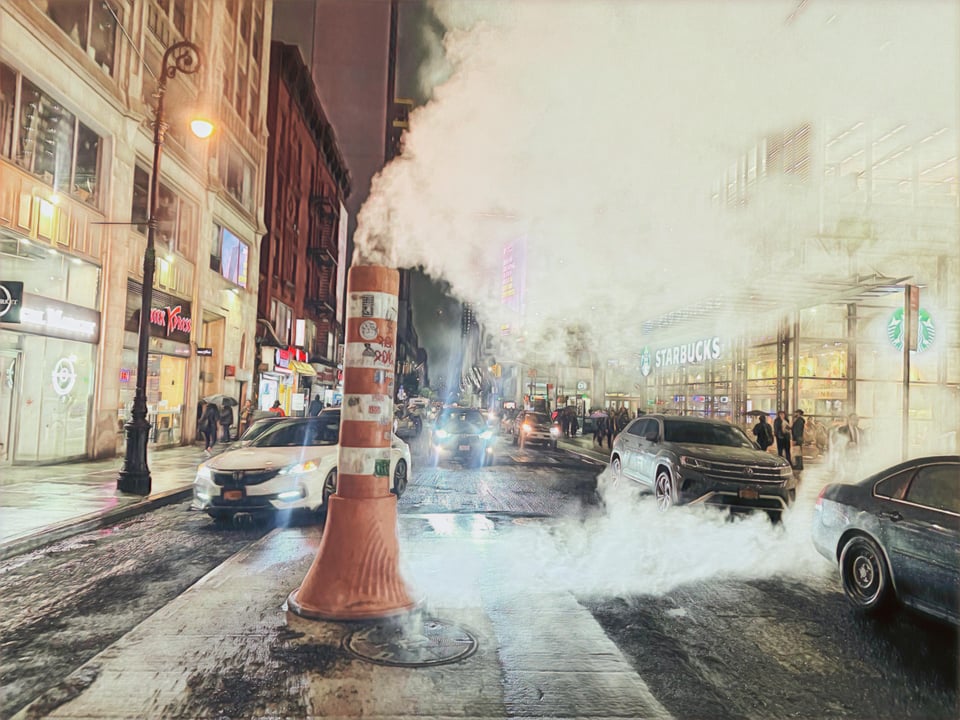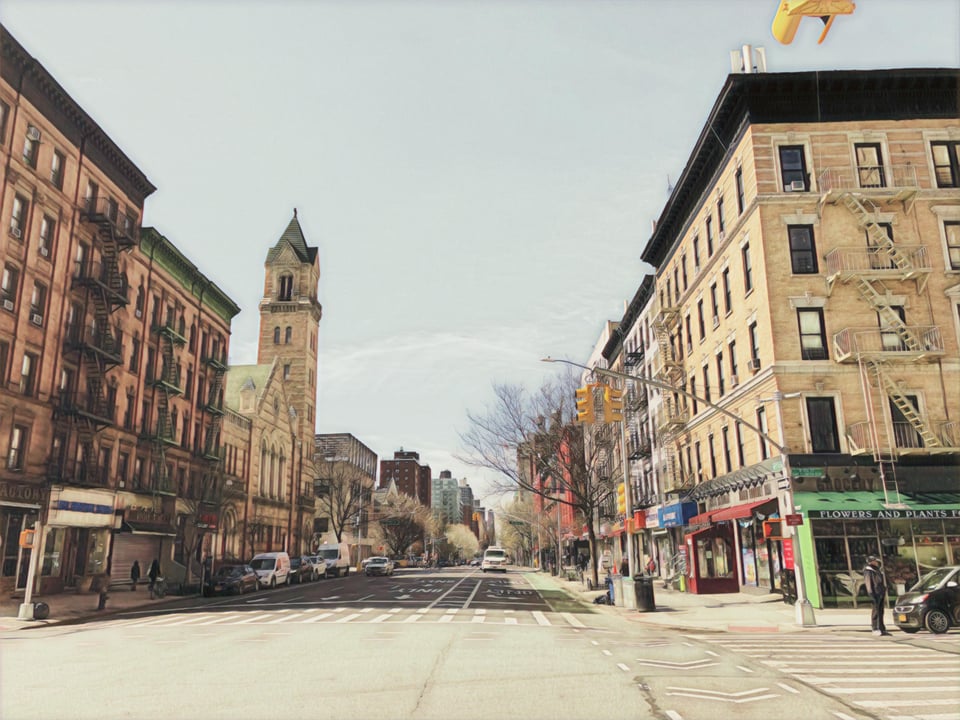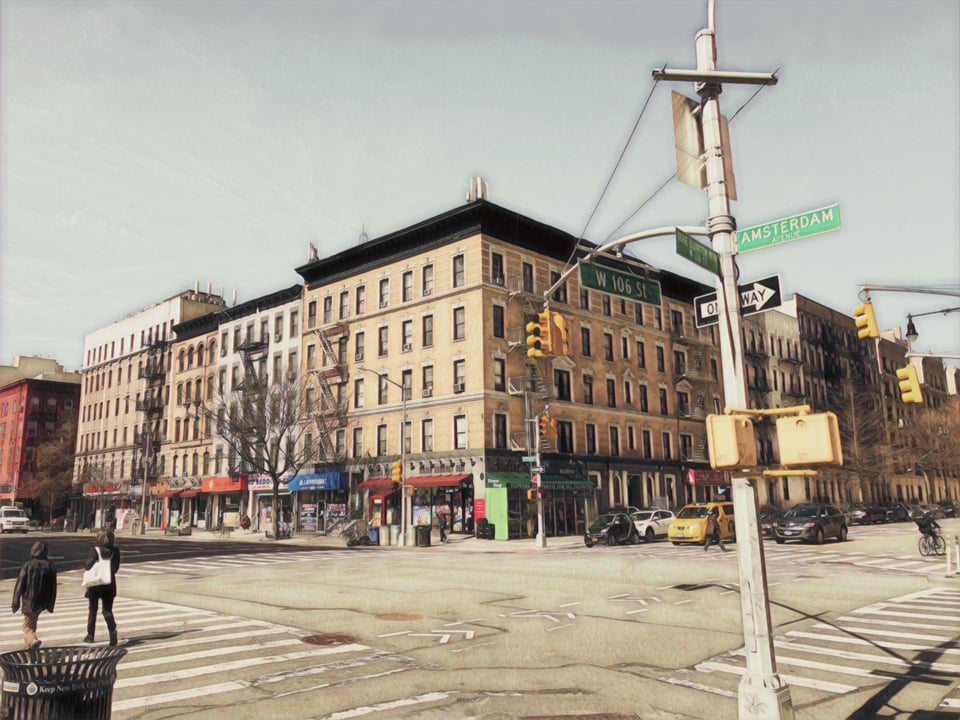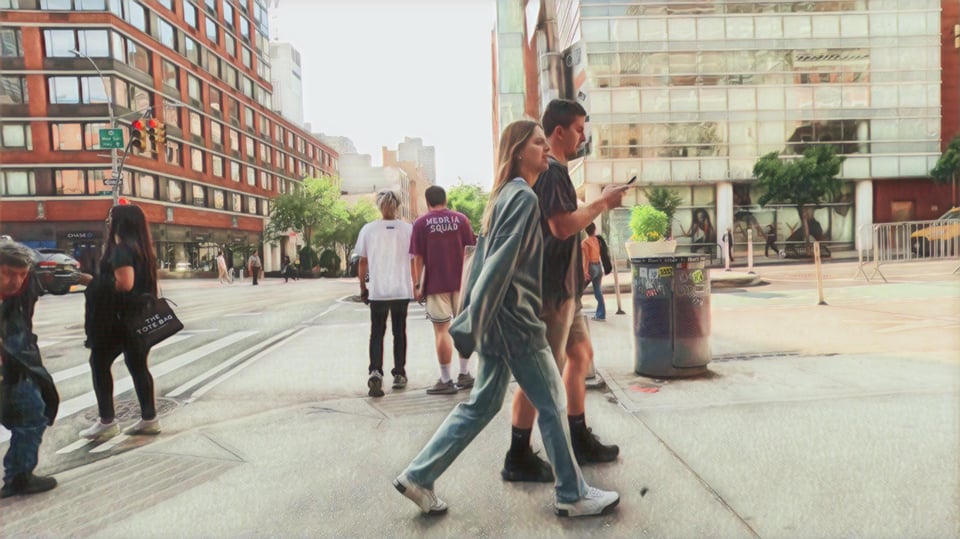Weekly API Evangelist Governance (Guidance)
As I ride my bike through NYC each day for two hours, I find myself thinking a lot about the power of context over domain. I ride through multiple domains which are governed by a variety of state, municipal, non-profit, and private entities, all working in various states of balance. While all of these domains dictate a lot, the context of any given minute, hour, day, or week is driven by different levels of access and control, with people ignoring all of the rules as they make their way around the city. If the NYC Marathon is happening or the United Nations is in town, the context of these moments still operates within the multiple domains that govern Manhattan, but there are temporary sets of rules applied—something that plays out day after day, week after week to produce the city of New York.

Domain
I like the word domain. It spans three separate definitions that I see define much of our physical and virtual worlds. For me, the word domain means all three of these things even when we are just talking about it in one of these areas. Domains apply boundaries, for better or for worse. Domains allow us to specialize and establish a common vocabulary. Domains are where power accumulates—not always, but it often does. These are the three main definitions from the dictionary, all of which speak to the work we are doing when it comes to technology in 2025.
an area of territory owned or controlled by a ruler or government.
a specified sphere of activity or knowledge.
a distinct subset of the internet with addresses sharing a common suffix or under the control of a particular organization or individual.
I ride my bike each day in the area or territory controlled by the State and the City of New York. As I make my way into Central Park from midtown, I enter the domain of the NYC Parks Department. These domains all have different rules, budgets, and purposes. These government entities each have their own domain and subdomains on the Internet, which imperfectly reflect our physical world into the digital realm. As I make my way through midtown into Central Park, and then back again, I enter a variety of public and private domains and encounter domain experts building roads, fixing sewer systems, constructing apartments and offices, as well as just delivering food, picking up trash, and a number of other activities.

Context
As I head out into the world each day for a bike ride, there are a lot of influencing factors that shape my ride. First, the weather sets the tone for everything—what I wear, if I decide not to go out. Then there are any number of obstacles and friction as I make my way through midtown and which cross streets or avenues I choose to get to the park. There are well-defined roads and even bike paths now, but there are many, many, many things that accumulate into what I would consider to be the context for my bike ride each day.
The circumstances that form the setting for an event, statement, or idea, and in terms of which it can be fully understood and assessed.
The parts of something written or spoken that immediately precede and follow a word or passage and clarify its meaning.
Now, my bike ride isn't the same thing as me buying my bike online and having it shipped to me, or me buying a hotel and flight to Paris in December, but exploring my bike ride does help me think about the domain(s) in which I operate, and the context required to operate within that domain. There is a lot of context required for me to ride my bike each day—weather, events in the park, construction on roadways, tire pressure, money in my wallet, and much, much more. It all leaves me thinking about how relative all this context needs to be for anything to get automated.

Access
My bike trip each day is shaped by the access that I have. I have a sidecar on my bike for my dog, so I don't always fit down every bike path—90% of them I am fine, but 10% of them get me in unexpected ways. There are also other factors like traffic, police activity, delivery, construction, and the fact that I have a 100lb Rottweiler—some places just don't let you in with a big dog. My access to the NYC system is defined because I have a bike with a sidecar, and differs from those in a car, riding the subway, or just walking to get where they need to be.

Control
Next we get to control. What do I have control over in my bike ride? I have control over my speed and the direction I head, but most things are out of my control. The roads and bike paths are established and shaped as part of a completely different system than the one I am using to use the streets. People walking in the bike paths. Delivery trucks in the bike paths. Food trucks parked in the bike paths, or maybe their customers standing in the way. I can control which direction I go, my speed, and how long I am out there; everything else has its own system(s) of control.

Privilege
Another thing that is very evident as I make my way around the city is the concept of privilege. You see it on every block. Some people clearly have more privilege to move around the city. From doormen to police escorts to finance bros on Citibikes—some people just have more privelege as they make their way around NYC. The rules don't always apply, and you can tell many people have other people who work out the rules for them. All of which will play out significantly when it comes to tipping the context in their favor, or abstracting away context they do not see or care about.

Context vs Domain
The domain matters. It matters a lot. What I am exploring here is the role of context as it shapes activity within any given domain at any given moment. I do a lot of thinking about the lines on the road, the signs and signals, and the people who do not obey them, as well as the people who do. I think a lot about why that is. It is nice to think about how we can define and craft our domains, and we should be doing this work. However, it is feeling like in this chaotic and noisy digital world, context is becoming the defining factor in whether technology is actually “working” or “not working”.
I feel like the domain is the known knowns of our physical and digital world, and the context begins with the known unknowns, but also includes the unknown unknowns of our world. With this exercise I am looking to develop my eye for how context shapes the known world around us. I know the bicycle example is overly simplistic, but it has many of the properties of the experiences we are working to automate in this moment. Ultimately I feel like business alignment with business domains is essential to achieving the outcomes we want, but it is context that will make or break all of this automation.
“For me context is the key - from that comes the understanding of everything.” - Kenneth Noland